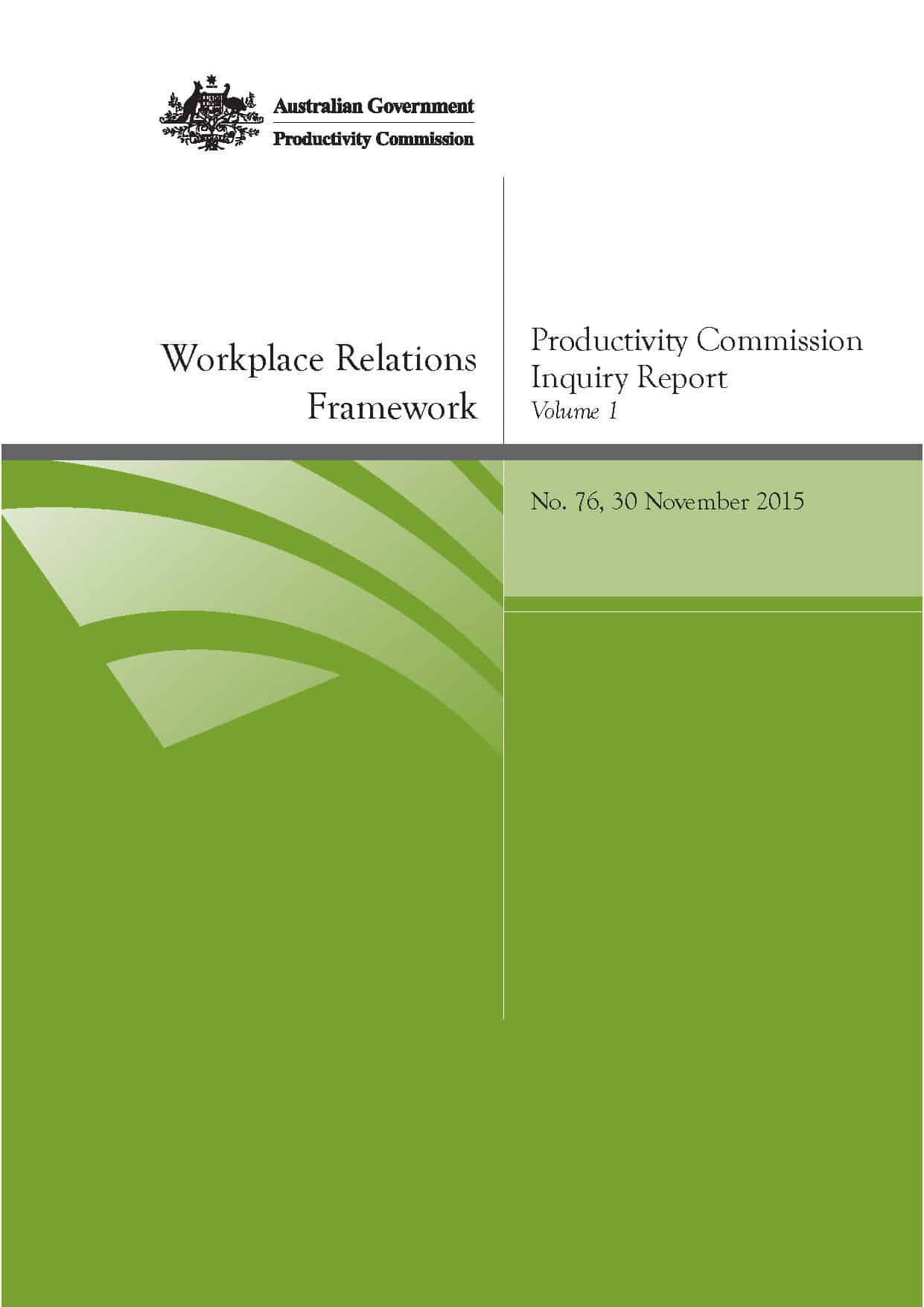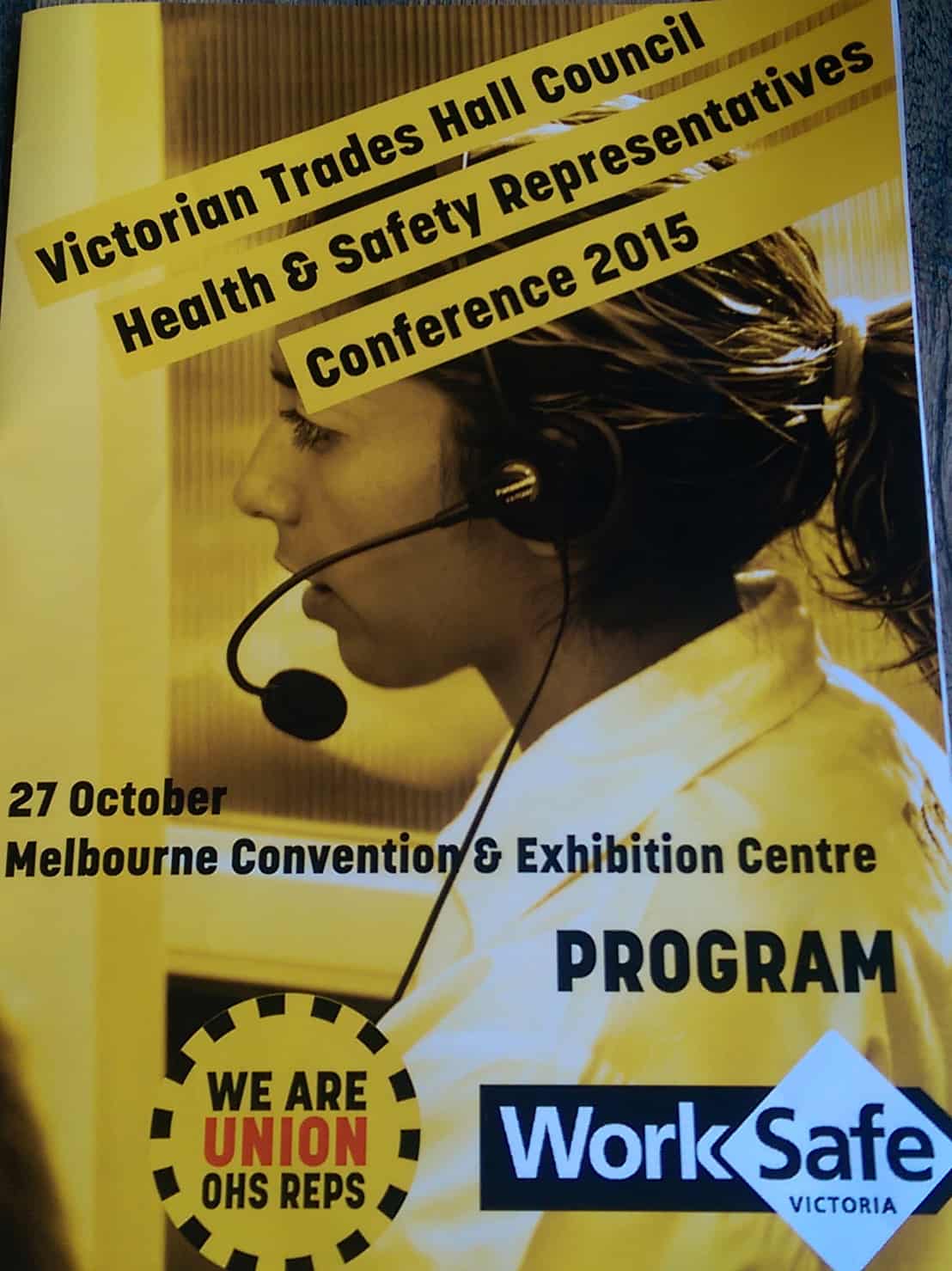Last week several Australian news sites reported on a new thesis about public servants and cyber-bullying which is discussed in detail below. The reports are based mostly on a media release about the research issued by Queensland University of Technology (QUT). What caught my eye was the statement in the one media report that the researcher, Dr Felicity Lawrence,
“…said traditional workplace bullying already cost the nation about $36 billion a year, “so the cost of cyber bullying on productivity could be profound”.
Not true. In the QUT statement, Lawrence stated
“Traditional workplace bullying costs the national economy up to $36 billion each year, so the cost of cyberbullying on productivity could be profound,…”
“up to” vs “about? This differentiation is important because the lack of clarity creates OHS myths and these myths can misinform policy priorities and public understanding of workplace hazards.



 The
The 
 The
The